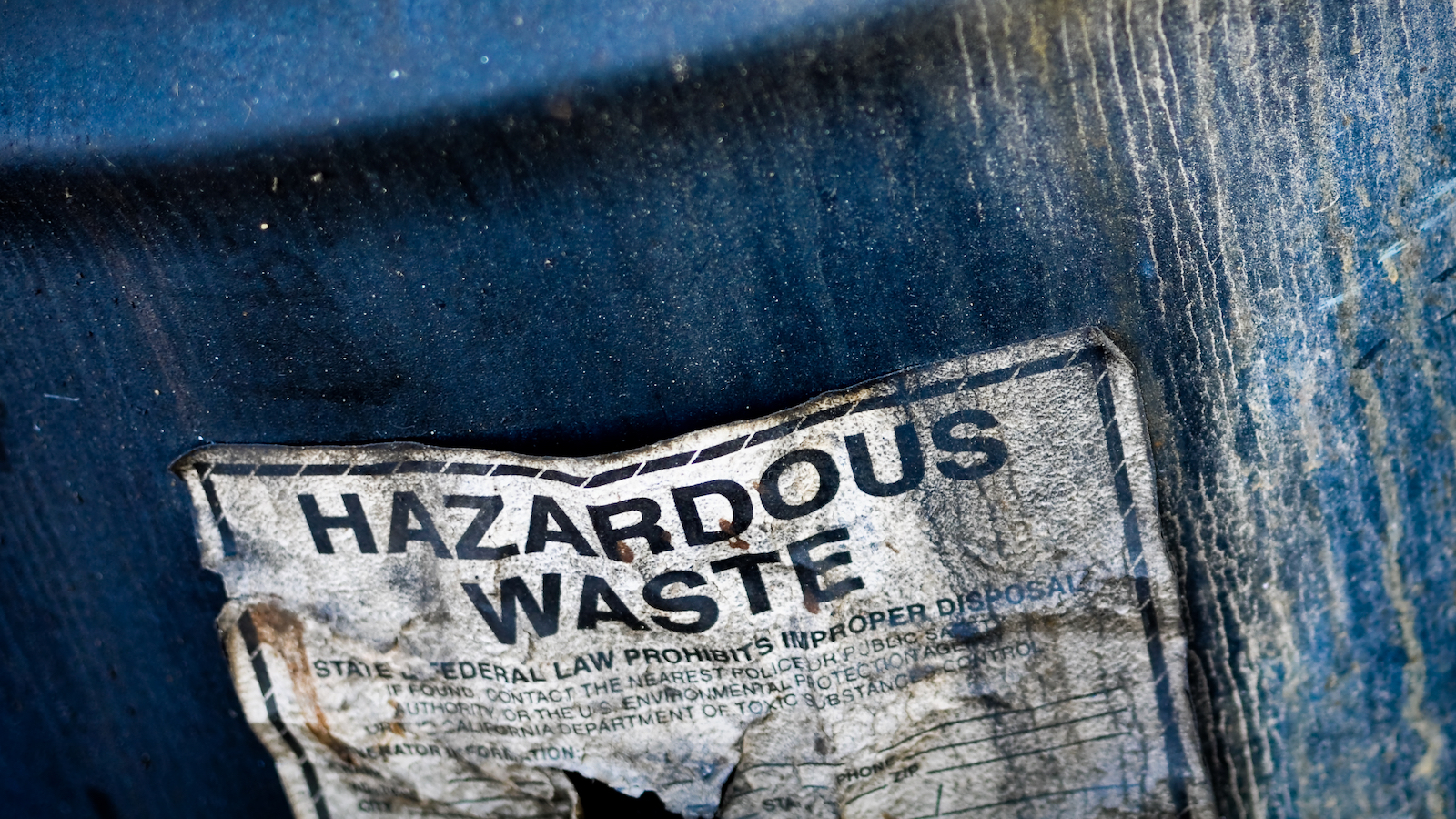
Toxic threats
It’s up to us to protect our ecosystems and communities from toxic chemicals.
Most of the 80,000 chemicals on the market in the United States have been put into use without testing long-term consequences for the environment, or their impacts on our health. We should make sure that any chemical in use is safe, eliminate those we know are dangerous, and stop using any that are damaging healthy ecosystems. And if an industry makes a toxic mess, we should know right away, and they should be the ones to pay for cleaning it up.
The Latest on Toxic threats

Statement: New rule will aid PFAS clean-ups
EPA sets limits for toxic “forever chemicals” in drinking water
Updates
Two more states take action to limit lead in schools’ drinking water
What You Can Do
Featured Resources
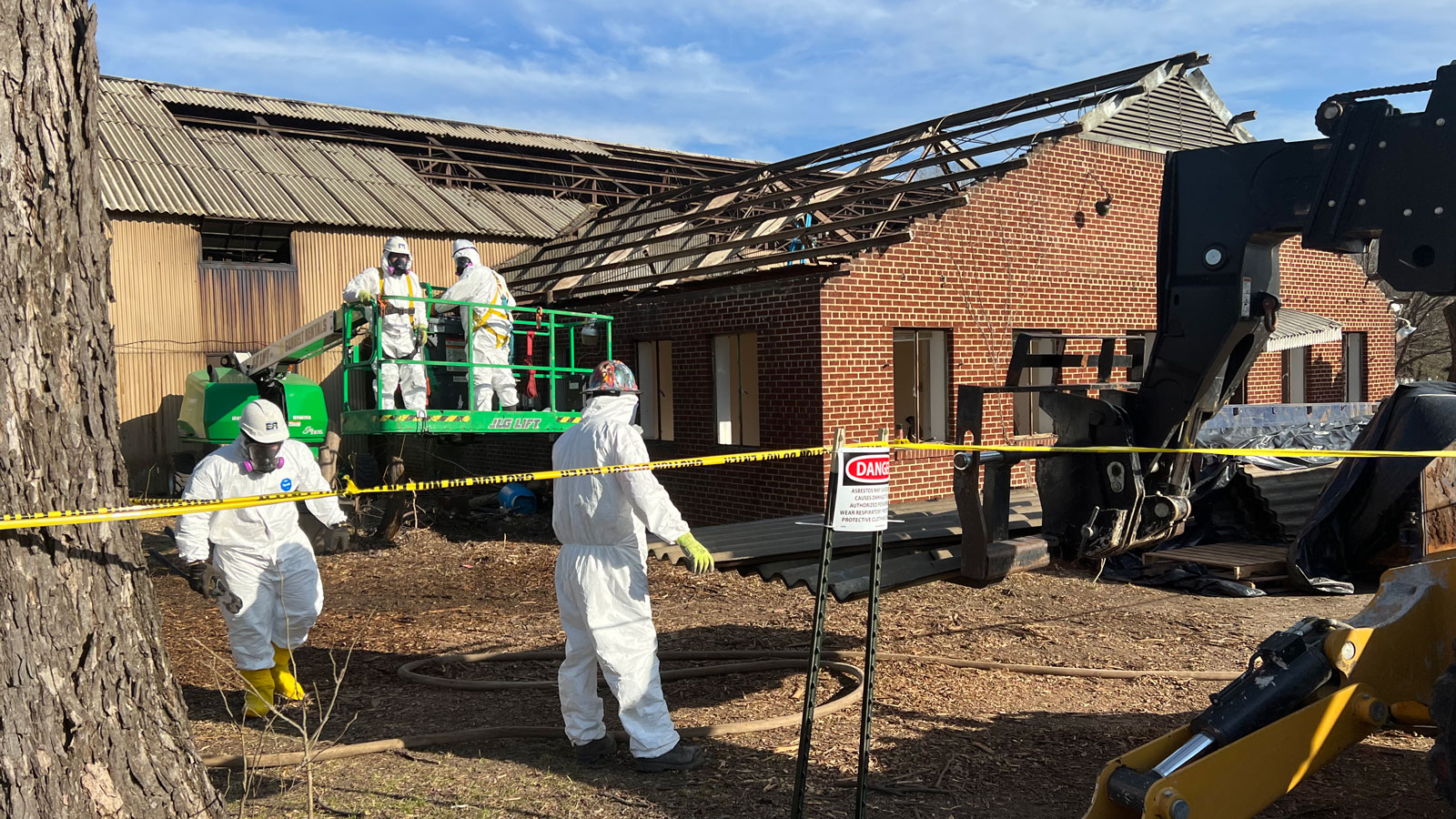
Superfund Back on Track

The Threat of “Forever Chemicals”
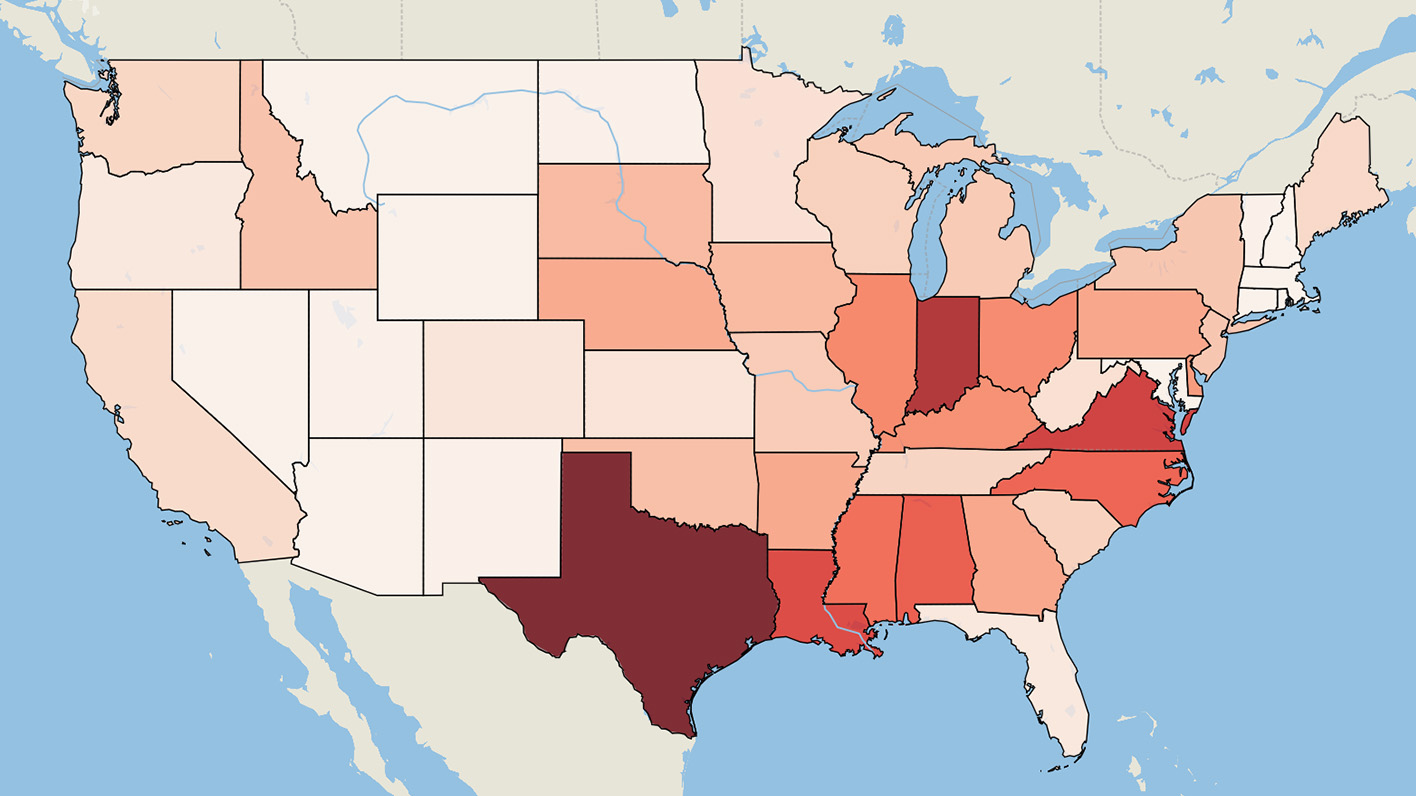
Who are the top toxic water polluters in your state?
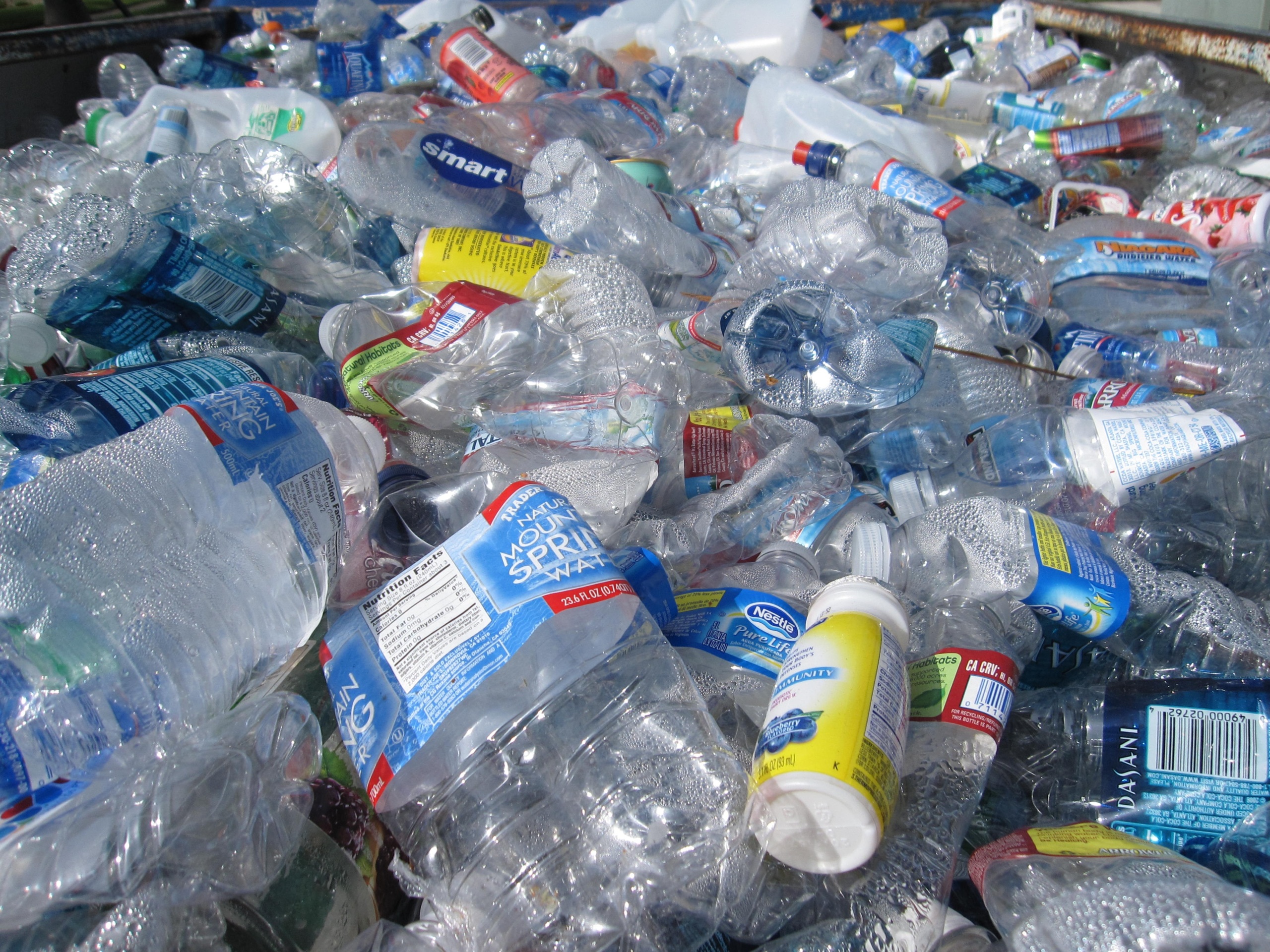
“Chemical recycling”: What you need to know.
The Latest
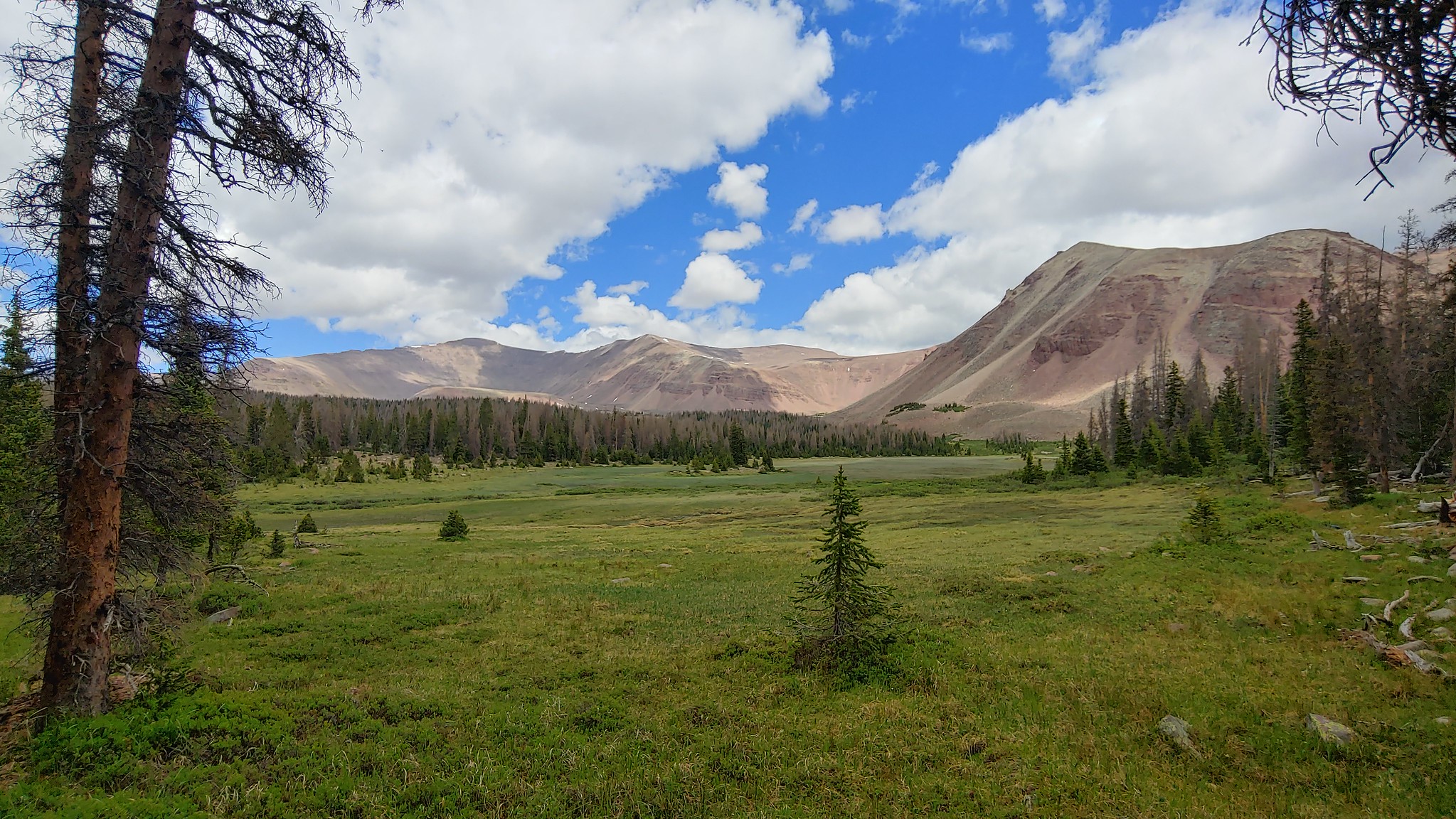
Train derailments: Another reason to stop the Uinta Basin Railway
The toxic train derailment in Ohio is a warning of what could happen in Colorado
Advocates at Outdoor Retailer call on companies to phase out toxic ‘forever chemicals’
Ahead of the Outdoor Retailer Summer trade show, Environment Colorado Research & Policy Center and CoPIRG Foundation, state affiliates of Environment America Research & Policy Center and U.S. PIRG Education Fund, hosted a media conference on Wednesday to call on the outdoor industry to phase out toxic PFAS chemicals from their products and supply chains. At the event, the environmental and consumer advocates highlighted companies that are lagging behind and celebrated the companies that are taking action.
Interactive map shows widespread lead contamination in schools drinking water
BOSTON -- Lead contamination of school drinking water is more pervasive than previously thought, according to testing data from across the nation published on Thursday by Environment America Research & Policy Center and U.S. PIRG Education Fund on a new interactive map. The groups urged public officials to take swift action to “get the lead out” of schools’ drinking water.
Statement: Clean schools program means cleaner, healthier future
Vice President Kamala Harris will announce on Monday a clean schools infrastructure program, which features grant funding for public school energy upgrades, money for electric school buses, and investments in rural schools.
Thousands call on EPA to get the lead out of drinking water
Nearly 15,000 people are urging the U.S. Environmental Protection Agency to not only set a 10-year deadline for removing lead pipes but also take decisive action to ensure safe drinking water at schools and child care centers. Environment America Research & Policy Center and U.S. PIRG Education Fund submitted comments Wednesday from these individuals on the EPA’s Draft Strategy to Reduce Lead Exposures and Disparities.

